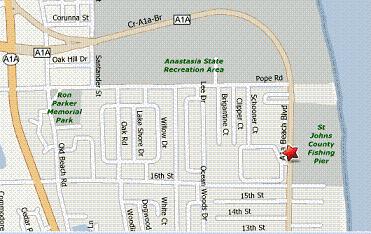|
Argentine tango has developed into two major schools Milonguero and Orillero.
| Milonguero Style |

|
Milonguero is the way a Jedi Master would look at dance. Call it the lighter side of dance.
Milonguero Master Daniel Torres says, "You must not express emotions like passion, jealousy, anger and
desire. When you dance Milongero with a woman. It must always be like dancing with your Grandmother. You can't even break
the modest embrace for greed is expesssed in excessive use of dance floor space."
The origins of Milonguero Style is religous demureness.
By 1914 Pope Benedict XV had written against dancing Tango because of the sexual tension.
Some Bishops even called the Tango " the Dance of the Devil" .
| Furlana |

|
| Orillero Style |

|
Orillero is more the way Sith lord would look at dance.
Orillero Masters Wayne Vales says, " You must accept a broader view of dance.
You are encouraged to express emotions like passion, jealousy, anger and desire. Why , because they make your dance stronger.
Your dance looks better.
When you dance with a demimonde show desire.
When you dance with your grandmother show respect.
You can break the embrace use all the space you want." ( Some say space was not a concern because it started in the poorer
suburbs.)
St. Augustine has Milonga Parties. (Salon Tango parties)
For more information on the types of Tango
see this video
The Tango music played at Milonga parties is noticeably different from that of American or
International Ballroom Tango
|
| Ballroom Style |

|
|
Some musicologist say, Tango originates from the
Rio de la Plata region which
separates Buenos Aires in Argentina
from Montevideo in Uruguay
|
Ballroom Tango
La Cumparsita became the wellspring for Ballroom Tango Music.
Though it came from Uruguay in 1917 it spread throughout the world in just a couple of years.( Both Argentina and Uruguay
claim to be the originators of Tango)
But the first two parts lacked a clear beat and counterpoint (D-A-C-F Rhythm )
This gave dance instructors the green light to "Do as thou will"
Click below to hear La Cumparsita
American Ballroom Tango teachers often tell their students to keep the beat with the memory device T- A- N- G- O (
Sung like the song B-I-N-G-O ).T (slow) -A (slow)- N (quick)- G (quick)- O (slow)
In general patterns are based on counts of eight. (two 4/4 counts) Some are slow counts and some are quick counts.
A slow count takes two beats of music while a quick count take a one beat of music. In other words the basic count is slow
(1,2), slow (3,4), quick (5), quick (6), slow (7,8).
Click below to hear rhythim
| Argentine Tango |

|
Argentine Tango
Favors the Habanera rhythm like the first part of the Dragnet theme . (BUM ba BUM BUM)
Habanera rhythm is a Cuban beat that is used at Milongas and Salon Party Tango Music (In 2/4 time). We Count a beat as
1-e-and-a
The accent for Habanera (1 e and)(a)(2 e) (and a), the first note being 3/8
of the measure, the second note being 1/8
and the last two notes being equal quarters.
Click below to hear rhythm
|
| Argentine Tango |

|
| Video Lessons |
|
| Milonguero Tango |

|
| Video Lessons |
|
| Ballroom Tango |

|
| Video Lesson |
|
| 370 A1a Beach Blvd Saint Augustine, FL 32080-5944 |

|

|

